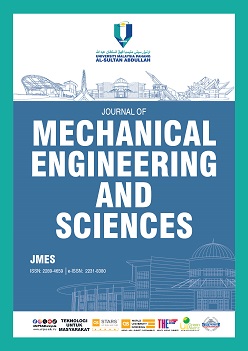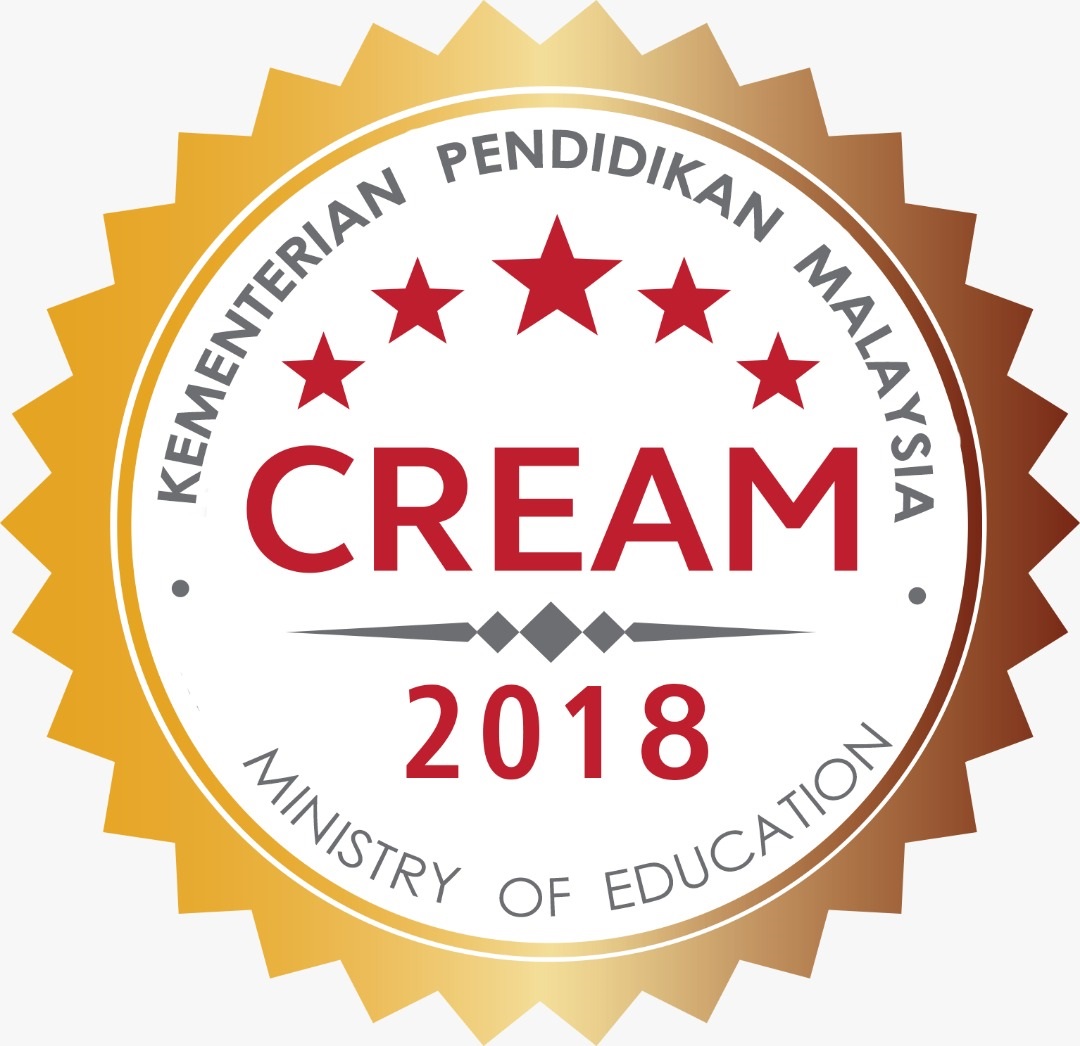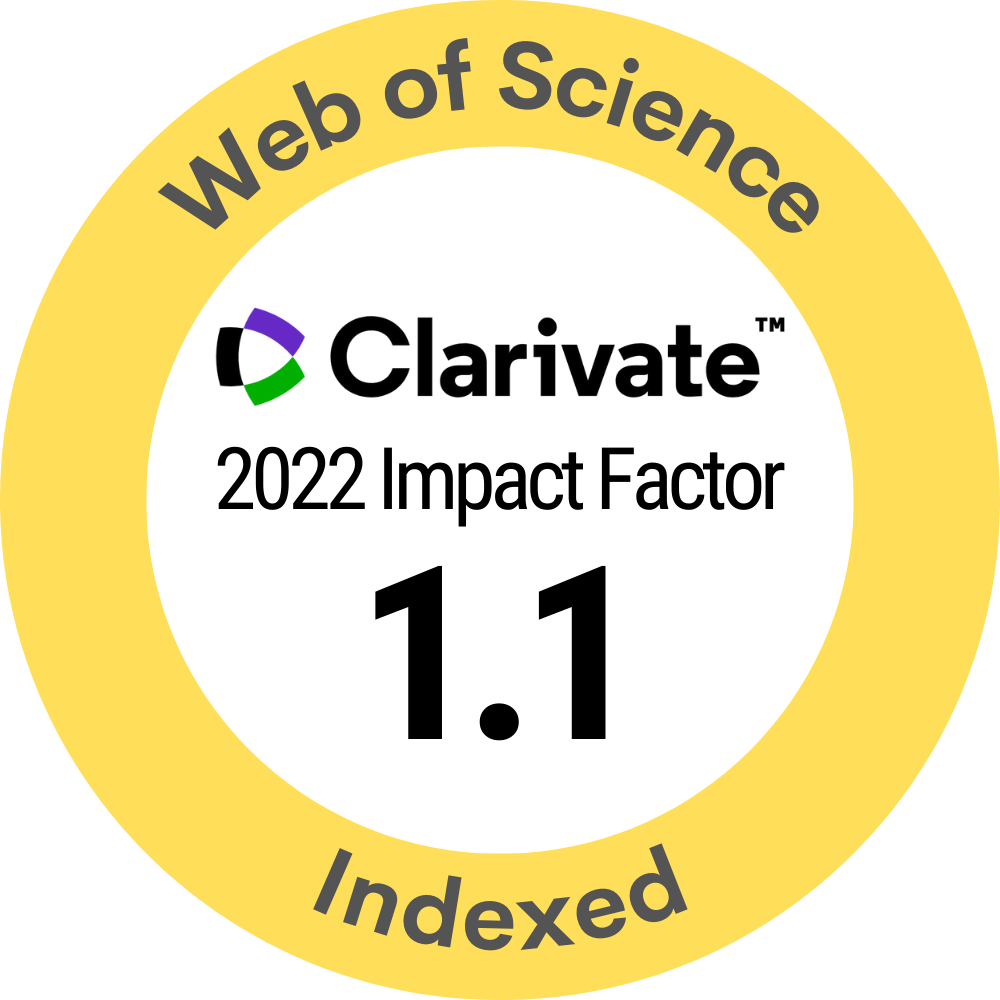Numerical investigation on the scale-down approach of Harwell furnace
DOI:
https://doi.org/10.15282/jmes.19.1.2025.6.0823Keywords:
Prototype, Harwell combustor, Scale down methods, Non dimensional temperature, Constant resident timeAbstract
Conducting experimental studies with prototypes is both costly and time-intensive. Scaled-down models can be used for initial experiments. However, scaling requires high precision and clarity. The present study aims to evaluate and compare various scaling approaches for predicting prototype results and to relate the temperature distribution of the scaled model to that of the prototype. Steady-state simulations were carried out using the k–ε turbulence closure model and the probability density function approach. Temperature profiles and stream traces from different scaling methods were compared to identify the optimum scale-down method. Simulation results showed a change in the position of the combustion core; the radial temperature profiles for scale-down models with 50% heat input showed a significant deviation of about 85% at an axial position of 0.1 m, while for the rest of the axial positions, the difference was less than 7%. The results reveal that geometrically larger models align more closely with experimental data, particularly when using the Constant Residence Time (CRT) method, compared to smaller-scale models. To account for the dependency of temperature on energy input and energy release at specific locations within the combustor, a non-dimensional temperature variable, θ was introduced. A comparison of results indicates that the CRT method effectively scales down the combustor, showing strong agreement with experimental data from the literature. The variation in θ for scaled-down models aligns closely with prototype and experimental results, with maximum deviations of 17%. This suggests that θ is a novel and effective variable for establishing reliable connections between scaled-down models and prototypes.
References
[1] W. Xie, S. Ting, B. Ge, S. Zang, “Effects of scaling laws on flow and combustion characteristics of lean premixed swirl burners,” Journal of the Global Power and Propulsion Society, vol. 6, pp. 343–353, 2022.
[2] E. Drubetskoi, S. Eckart, H. Krause, “Short overview on combustion systems scale-up with emphasis on NOx emissions of gas-fired furnaces,” Energy Science & Engineering, vol. 10, no. 2, pp. 621–629, 2022.
[3] J. A. Cole, T. P. Parr, N. C. Widmer, K. J. Wilson, K. C. Schadow, W. M. R. Seeker, “Scaling criteria for the development of an acoustically stabilized dump combustor,” Proceedings of the Combustion Institute, vol. 28, no. 1, pp. 1297–1304, 2000.
[4] N. Suksam, J. Charoensuk, “Numerical investigation of the effect of constant velocity and constant residence time scaling criteria on the natural gas MILD combustion,” Journal of Thermal Science and Technology, vol. 14, no. 2, pp. 1-16, 2019.
[5] C. Meraner, T. Li, M. Ditaranto, T. Løvås, “Effects of scaling laws on the combustion and NOx characteristics of hydrogen burners,” Combustion and Flame, vol. 214, pp. 407–418, 2020.
[6] V. Patel, R. Shah, “Effect of hydrogen enrichment on combustion characteristics of methane swirling and non-swirling inverse diffusion flame,” International Journal of Hydrogen Energy, vol. 44, no. 52, pp. 28316–28329, 2019.
[7] M. Mohammadpour, M. Ashjaee, E. Houshfar, “Thermal performance and heat transfer characteristics analyses of oxy-biogas combustion in a swirl stabilized boiler under various oxidizing environments,” Energy, vol. 261, p. 125206, 2022.
[8] S. Kasmaiee, S. Noori, S. Kasmaiee, “Numerical investigation of effective parameters in radiant heat transfer of oxyfuel combustion process of swirling gas furnaces,” Amirkabir Journal of Mechanical Engineering, vol. 54, no. 7, pp. 1647–1672, 2022.
[9] D. C. Eaton, “Cruising economy by use of water injection,” Society of Automotive Engineers Transactions, vol. 92, pp. 81–87, 1946.
[10] G. Tunç, İ. Yılmaz, “Comparison of the numerical models for the temperature distributions of non-premixed swirling methane flame,” Politeknik Dergisi, vol. 22, no. 4, pp. 819–826, 2019.
[11] R. Weber, “Scaling characteristics of aerodynamics, heat transfer, and pollutant emissions in industrial flames,” in Symposium (International) on Combustion, vol. 26, no. 2, pp. 3343–3354, 1996.
[12] S. Kumar, P. J. Paul, H. S. Mukunda, “Investigations of the scaling criteria for a mild combustion burner,” Proceedings of the Combustion Institute, vol. 30, no. 2, pp. 2613–2621, 2005.
[13] R. K. Cheng, D. T. Yegian, M. M. Miyasato, G. S. Samuelsen, C. E. Benson, R. Pellizzari, et al., “Scaling and development of low-swirl burners for low-emission furnaces and boilers,” in Proceedings of the Combustion Institute, vol. 28, no. 1, pp. 1305–1313, 2000.
[14] J. P. Smart, D. J. Morgan, P. A. Roberts, “The effect of scale on the performance of swirl stabilised pulverised coal burners,” in Symposium (International) on Combustion, vol. 24, no. 1, pp. 1365–1372, 1992.
[15] G. Barroso, T. Nussbaumer, M. Ulrich, T. Reiterer, S. Feldmeier, “Scale-up methodology for automatic biomass furnaces,” Journal of the Energy Institute, vol. 93, no. 2, pp. 591–604, 2020.
[16] T. C. Hsieh, A. Dahm, W. J. A, J. F. Driscoll, “Scaling laws for NOx emission performance of burners and furnaces from 30 kW to 12 MW,” Combustion and Flame, vol. 114, no. 1, pp. 54–80, 1998.
[17] R. Weber, M. Mancini, “On scaling and mathematical modelling of large-scale industrial flames,” Journal of the Energy Institute, vol. 93, no. 1, pp. 43–51, 2020.
[18] S. Pramanik, R. V Ravikrishna, “Investigation of novel scaling criteria on a reverse-flow combustor,” Energy, vol. 206, p. 118156, 2020.
[19] R. Weber, F. Breussin, “Scaling properties of swirling pulverized coal flames: From 180 kW to 50 MW thermal input,” in Symposium (International) on Combustion, vol. 27, no. 2, pp. 2957–2964, 1998.
[20] M. Richter, J. Ströhle, and B. Epple, “Up-scaling of a laboratory-scale pulverised oxyfuel burner to semi-industrial-scale through a flow similarity approach,” Fuel, vol. 371, p. 131809, 2024.
[21] W. Xie, T. Shi, B. Ge, S. Zang, “Experimental and numerical comparisons of geometric scaling criteria for lean premixed swirl combustor,” Physics of Fluids, vol. 35, no. 9, p. 97119, 2023.
[22] W. Xie, T. Shi, B. Ge, S. Zang, “Numerical study on similarity performance of geometric scaling of lean premixed swirl combustor,” Physics of Fluids, vol. 35, no. 9, p. 97121, 2023.
[23] N. S. Wilkes, P. W. Guilbert, C. M. Shepherd, S. Simcox, “The application of Harwell-Flow 3D to combustion models,” Atomic Energy Research Establishment Computer Science and Systems Division, United Kingdom, Report Number AERE-R13508, 1989.
[24] M. Sadakata, Y. Hirose, “Scaling law for pollutant emission from a combustion furnace,” Fuel, vol. 73, no. 8, pp. 1338–1342, 1994.
[25] B. E. Launder, D. B. Spalding, “The numerical computation of turbulent flows,” Computer Methods in Applied Mechanics and Engineering, vol. 3, no. 2, pp. 269–289, 1974.
[26] A. A. Hosseini, M. Ghodrat, M. Moghiman, S. H. Pourhoseini, “Numerical study of inlet air swirl intensity effect of a methane-air diffusion flame on its combustion characteristics,” Case Studies in Thermal Engineering, vol. 18, p. 100610, 2020.
Downloads
Published
Issue
Section
License
Copyright (c) 2025 The Author(s)

This work is licensed under a Creative Commons Attribution-NonCommercial 4.0 International License.






